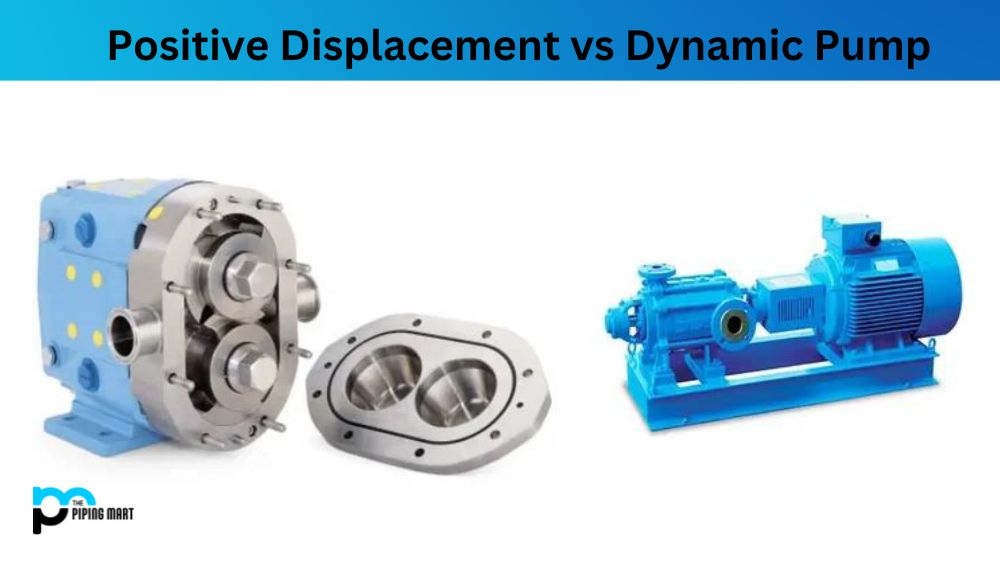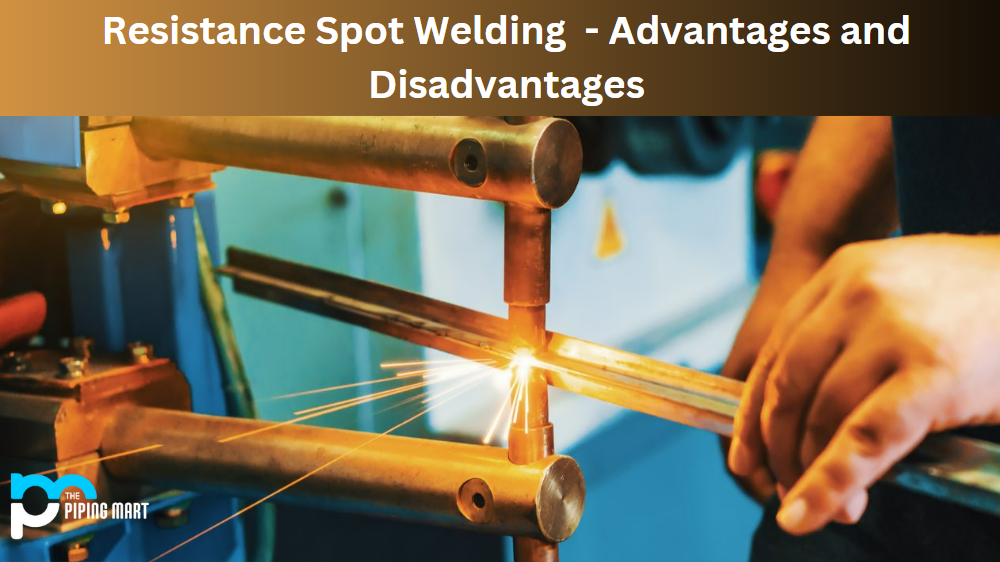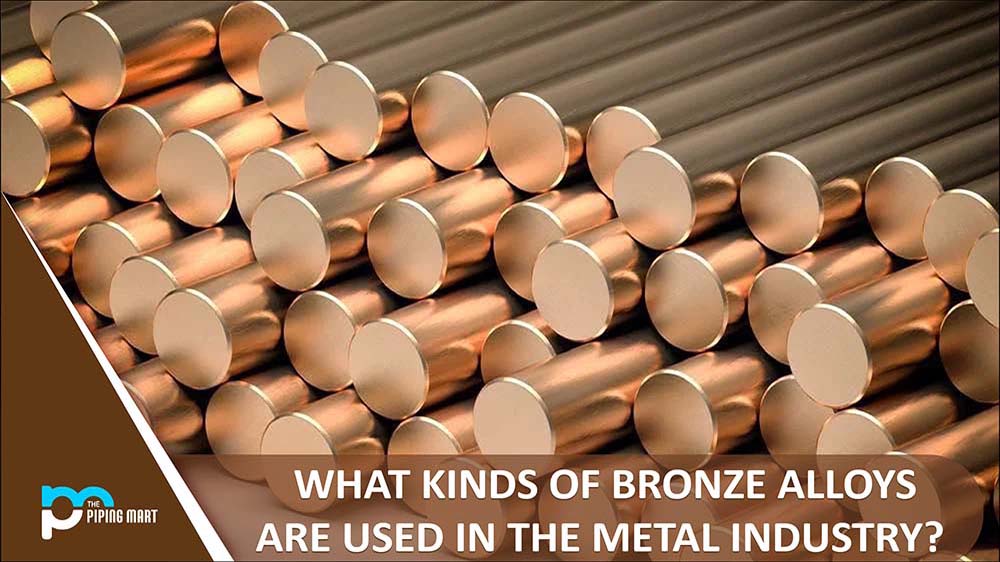Pumps play a significant role in various industries, such as food and beverage, oil and gas, and even agriculture. However, choosing a suitable pump for your specific application can be daunting with so many options. One of the most critical factors to consider is whether to choose a positive displacement or dynamic pump. This blog post will delve into the fundamental differences between these two types of pumps and help you decide which one suits your needs best.
What is Positive Displacement?
Positive displacement is a type of pump or compressor that traps a fixed volume of fluid and then forces it into an outlet pipe. This process causes the pressure within the chamber to increase, pushing out a steady flow of liquid or gas at constant pressure. Examples include rotary pumps, gear pumps, screw pumps, and piston compressors.
What is Dynamic Pumps?
Dynamic pumps are centrifugal pumps that utilise an impeller and diffuser to create movement within the fluid being pumped. The design of the impeller and diffuser allows for higher efficiency, greater suction capabilities, better cavitation control, improved erosion protection, and reduced maintenance costs – all while providing a cost-effective solution for most pumping applications.
Difference Between Positive Displacement and Dynamic Pumps
Operating Principle:
The primary difference between positive displacement and dynamic pumps lies in their operating principle. Positive displacement pumps work to move a constant amount of fluid, while dynamic pumps operate by imparting velocity to the fluid, which is then converted into pressure. Positive displacement pumps have a fixed cavity that holds a specific amount of fluid, and as the cavity rotates or reciprocates, it displaces the liquid out of the pump. On the other hand, dynamic pumps, such as centrifugal pumps, utilise a spinning impeller to create a pressure differential that moves the fluid.
Flow Rate:
Positive displacement pumps have a relatively steady flow rate independent of the discharge pressure. The pump’s displacement per revolution or stroke determines the flow rate. In contrast, dynamic pumps have a flow rate influenced by the discharge head and fluid properties. Dynamic pumps generally have a higher flow rate than positive displacement pumps since they are designed to move larger volumes of fluid at lower pressures.
Viscosity:
Positive displacement pumps are particularly effective in moving high-viscosity fluids like crude oil and molasses. The cavity’s motion can efficiently move this type of fluid through the pump without clogging or causing excess wear on the moving parts. On the other hand, dynamic pumps have limitations on fluid viscosity that they can transfer effectively since they rely on the fluid’s motion to build pressure; highly viscous fluids reduce the pump’s efficiency and increase the likelihood of cavitation.
Maintenance:
The maintenance requirements of positive displacement pumps are often higher than those of dynamic pumps. Positive displacement pumps have several moving parts that require regular inspection and replacement to keep the pump working efficiently. In contrast, dynamic pumps like centrifugal pumps have a relatively simple design with fewer moving parts and often require less maintenance.
Cost:
The cost of a pump depends on multiple factors, such as its design, capacity, materials used, and other specifications. However, positive displacement pumps generally tend to have a higher upfront cost than dynamic pumps, as they have a more complicated design and require higher precision manufacturing technology.
Conclusion:
Choosing the right pump for your application can significantly impact your operations’ efficiency, productivity, and profitability. Understanding the differences between positive displacement and dynamic pumps is crucial in making the right choice. Positive displacement pumps are suitable for high-viscosity fluids and have a steady flow rate, while dynamic pumps are ideal for low-viscosity applications with a higher flow rate but may need to handle viscous fluids more efficiently. Additionally, maintenance and cost are significant factors when deciding on the most suitable pump. Consult a pump specialist to help you choose the right pump for your application.

Abhishek is a seasoned blogger and industry expert, sharing his insights and knowledge on various topics. With his research, Abhishek offers valuable insights and tips for professionals and enthusiasts. Follow him for expert advice on the latest trends and developments in the metal industry.




